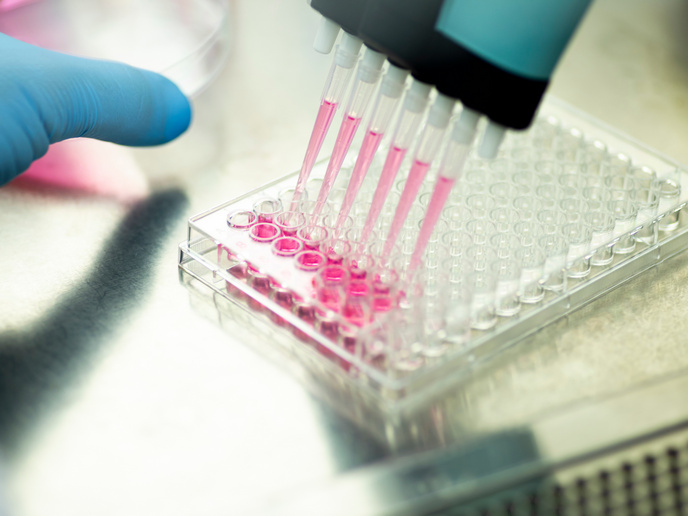Rapid drug discovery
Recent innovations in automation and data processing are allowing scientists to rapidly conduct millions of chemical, genetic and pharmacological tests. One technique in particular, called high-throughput screening, has revolutionised the field of drug discovery. During this process, millions of proteins or genes are screened for therapeutic properties that can be used in drugs to treat diseases. Since these drugs usually bind to a specific protein target in order to become active, researchers are especially interested in finding their target binding sites. The EU-funded TARGETBINDER(opens in new window) (Target binders) project aimed to discover short proteins called peptides that bind strongly to pharmaceutically interesting target proteins. Researchers then wanted to further test the peptides with the highest binding affinities with a view to developing new drugs. TARGETBINDER developed a method to screen many different peptide binders per target protein. First, they used a variant ribosomal display technique to screen >10 (+11) different peptides for binding. Next generation sequencing then gave a list of up to 100 000 candidate peptide binders that were synthesized on a glass slide. They then they validated peptide-binders by staining with different candidate proteins. In parallel, they developed an automated device capable of measuring binding strength for 10 000 peptides per square centimetre of each glass slide. Once they found high-affinity peptide binders, they tested them in biological assays. Researchers then synthesised the most promising peptide binders on specially developed glass slides at a density of 10 000 peptides per square centimetre. After confirming their high binding affinities, researchers finally determined the binding signatures or stretches of amino acids that glue each peptide to its target protein. Despite difficulties with getting target proteins to bind to the newly discovered peptides, TARGETBINDER did succeed with some pharmaceutically relevant proteins. One of these, growth factor receptor-bound protein 2, or Grb2, is implicated in tumour growth and is therefore a potential target for anticancer agents. By developing and refining high-throughput techniques, TARGETBINDER has streamlined methods for drug design. This will have an important impact on medicine and the biotechnology industry.







